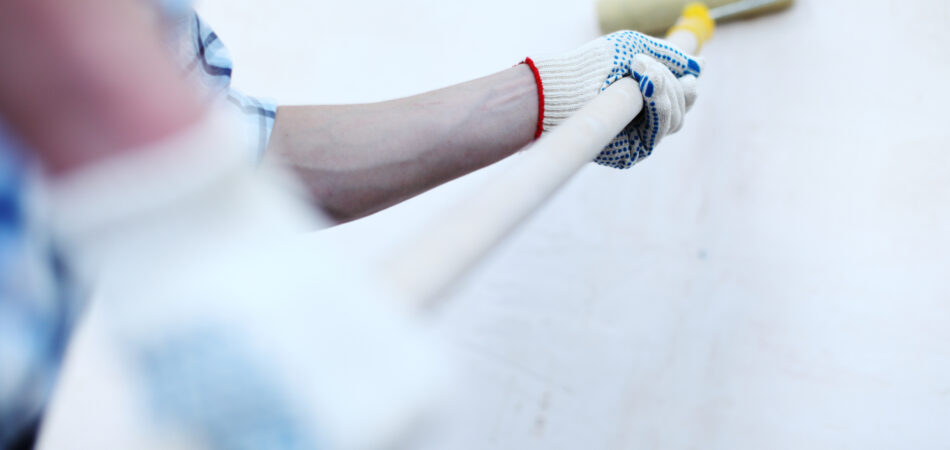
Lafayette 337-329-8445
New Orleans 504-229-2083

Lafayette 337-329-8445
New Orleans 504-229-2083

Painting is one common task that requires balance and precision. Prior to painting, you need to choose the most suitable color and think about the ambiance that you wanted to establish before choosing a color. For more painting tips, you may visit JMA Painters as well.
Before concentrating all your attention and time discovering the right ways on how to paint, you have to note that there are certain tasks that you need to facilitate before hand and one of this is priming. Priming patched surfaces and areas entails better painting job. There are several helpful priming tips that you must consider when painting your walls.
Choosing the right primer that will complement your chosen color requires some practice and time. You need to choose the primer with the ideal shade that can add weight to a given room and can make one feel lighter and more comfortable. Primer or undercoat pertains to the preparatory coating applied on materials prior to painting. Priming guarantees better paint adhesion to the given surface. Therefore, increasing paint durability and providing added protection to materials and surfaces being painted.
To ensure success in your priming tasks, you need to pay close attention to choosing the right color and deciding on the number of coats specifically required by your wall. These things are necessary and must be kept in mind if you have the desire to end up with successful painting task completion. However, the final decisions regarding the color and number of coats will still depend on the type of wall to be painted.
Primers are the vital materials needed when doing pre-coating allowing finishing paint to hold on or stay than it has been before. For this main purpose, primers are designed to stick on surfaces and create binding layer that is well prepared to receive paints. Primers do not really need to be carefully engineered in order to end up with durable and smooth finish surfaces.
These can still be engineered to gain improved binding and filling properties with materials underneath. This is sometimes achieved through particular chemistry but in most cases achieved by controlling the physical properties of primer such as tackiness, porosity and hygroscopy. Primers are often used when painting several porous materials like wood and concrete.
You do not really have to prime all surfaces that are previously painted especially if these are still in good shape. Interior walls do not usually require priming except in cases of repairs, stains and paint colors that are drastically different. Priming is an excellent technique to ensure smoother and better final painting results.
Priming is also considered by some as a great problem solver. Primer sticks to whatever surface you are preparing, creating a uniform and smooth base that is ready for painting. When priming is accurately done, you can proceed to the final step, which is painting. Again, there are several essential aspects and tips on how to paint that you need to keep in mind. Just like priming, painting also requires balance and precision.
Ready to achieve a flawless finish? Contact JMA Painters for professional advice and expert painting services. Let us help you transform your space with precision and care.